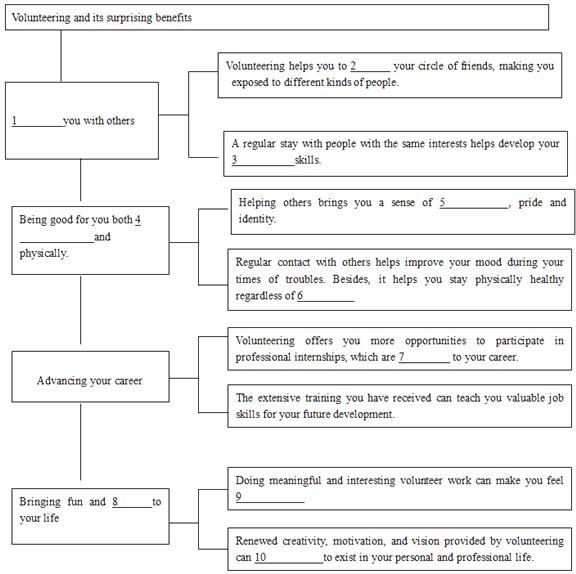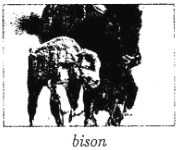��Ŀ����
����Ŀ�����ĸĴ�
�ٶ�Ӣ�������ʦҪ��ͬ��֮�佻�������ģ���������ͬ��д���������ġ����й���10�����Դ���ÿ���������������ÿ��������漰һ�����ʵ����ӡ�ɾ�����ġ�
���ӣ���ȱ�ʴ���һ��©�ַ���(![]() )������������д���üӵĴʡ�
)������������д���üӵĴʡ�
ɾ�����Ѷ���Ĵ���б��(��)������
�ģ��ڴ��Ĵ��»�һ���ߣ����ڸô�����д���ĺ�Ĵʡ�
ע�⣺1. ÿ���������ľ�����һ�ʣ�
2. ֻ������10�������ߣ��ӵ�11���𣩲��Ʒ֡�
Today, my foreign teacher Tim and I went to the People��s park together. We take a taxi and it wasn��t long before we arrived at the park. On seeing the green trees and beautiful flower, Tim couldn��t wait for to take pictures. It was at that moment when we found his camera was missing. He was very worried but searched all over his backpack. Sadly, he just couldn��t find it. Suddenly it struck me that he might have left it in the taxi. So I immediately got touch with the taxi company. About half an hour later, the driver returned a camera. Both of us were gratefully to the driver, and Tim, in particular, insisted on have a photo taken with him. Tim and I enjoyed themselves during the rest of the day.
���𰸡�
��1��take��took
��2��flower��flowers
��3��wait���forȥ��
��4��when��that
��5��and��but
��6��got���in
��7��a��the
��8��gratefully��grateful
��9��have��having
��10��themselves��ourselves
��������
�������: ���Ľ����������ߺ��⼮��ʦһ������ʱ�������������������˾��ϵ�����ʧ�����ã����������߶�˾���ĸм�֮�顣
��1��take��took ����ʱ̬������������Ӧ����һ���ȥʱ����take��Ϊtook��
��2��flower��flowers �������ʡ�����ǰ�ĵ�trees�жϴ˴�flowerӦ�ø�����ʽ���ʸ�Ϊflowers����
��3��wait���forȥ�� �����ʡ�wait���в���ʱ������Ҫ��ʣ�Ӧȥ��for��
��4��when��that ����ǿ�����͡��þ�ǿ������at that moment������ǿ���IJ���Ӧ��that��������when��Ϊthat��
��5��and��but �������ʡ�����ǰ�ĵ�was worried�ͺ����searched�ж�Ӧ�Dz��й�ϵ���ʸ�Ϊbut��
��6��got���in����̶��������get in touch with������ȡ����ϵ����get���in��
��7��a��the ����ڴʡ�ǰ���Ѿ��ᵽcamera���˴�����Ӧ�ö��ڴ�the���Ρ��ʸ�Ϊthe��
��8��gratefully��grateful �������ݴʡ�����be grateful to sb��ij���Ǹм��ģ��˴���Ҫ���ݴ�������ʸ�Ϊgrateful��
��9��have��having �����ν�ﶯ�ʡ�����insist on��on�ǽ�ʣ����Ӧ�ö��ʵ�ing��ʽ����have��Ϊhaving��
��10��themselves��ourselves ������ʡ�����ǰ��Tim and I�ж�Ӧ��ourselves��
���� �����ĸĴ�




